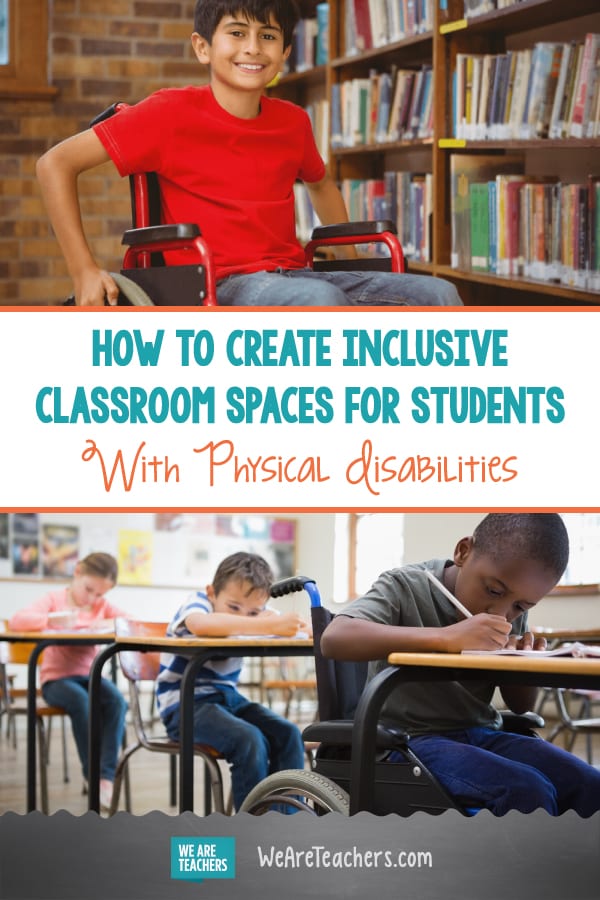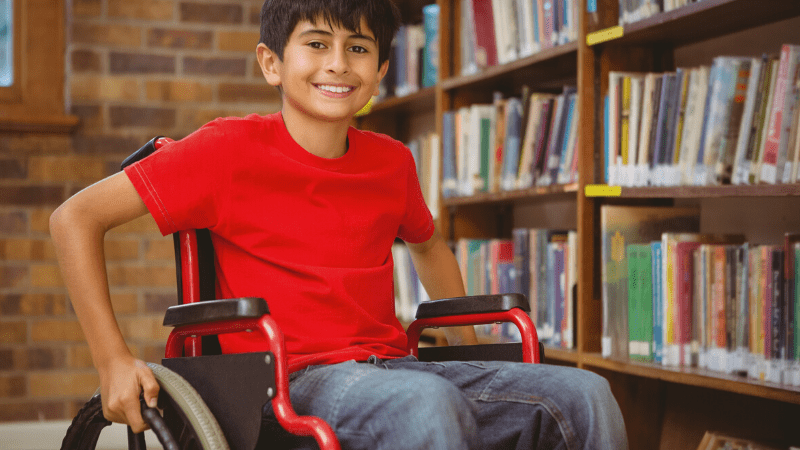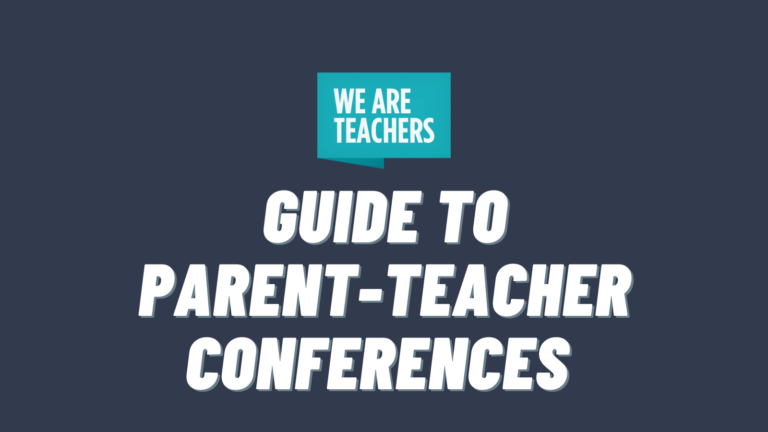Inclusive classroom spaces teach our students about the fundamental importance of inclusion and equality. They ensure our classrooms are accessible to all and enable every student to feel a sense of belonging.
We need to think about inclusion in every aspect of a classroom layout. As set out in the UN Declaration of Rights for People with Disabilities, all students with disabilities have the right to full participation in the daily life of a classroom.
Below are some important considerations for a teacher designing a space for students with physical disabilities.
1. Minimize Distances Traveled
Students with physical disabilities may find it difficult to travel between spaces in the classroom. To minimize travel distances for students with disabilities, ensure there is ample open space between workstations that allows ease of access to all areas of the classroom.
A horseshoe-shaped workstation, for example, might be insufficient for students with physical disabilities, as it requires taking long detours around the classroom.
2. Make the Whole Classroom Accessible
Mobility does not simply involve access between the student’s desk and the door to the classroom.
Seating a student with a disability by the door or placing them at a separate desk may appear convenient and easy. However, it physically separates students from their peers and learning materials.
Similarly, giving a student with a disability a dedicated and separated space in the room also sends a damaging message to the student that they are an inconvenience.
Therefore, ensure students with disabilities are able to move around the whole classroom so that they can participate in all workstation and group-work activities. In particular, aim to ensure all pathways, desks, and computer workstations are accessible for students with physical disabilities.
Another common issue is clutter on the floor preventing students with walking aids or wheelchairs from moving around freely. Ensure all students are keeping their bags, pencil cases, and other belongings neatly stored at all times.
[contextly_auto_sidebar]
3. Make All Materials Accessible
It is not always possible to place all materials at accessible heights and locations. However, I focus on placing the most commonly utilized classroom materials in the most accessible spaces. Whenever possible, I aim to make all regularly utilized materials accessible for students with physical disabilities.
While reach may be the primary concern when thinking about accessibility, it is not the only one. I have had several students with limited fine motor skills, for example. A solution here is to place all commonly used materials in drawers with large, easy-to-grasp handles.
4. Think About Lesson Transitions
Lesson transitions are often a pivotal moment in which a student’s physical disability must be treated with sensitivity. Teachers may need to be proactive in giving subtle signals to a student with a physical disability to begin preparing for a lesson transition earlier than their peers.
Students with inhibited eyesight, for example, may require additional time to pack their belongings. Students who need walking aids may require additional time to set them up. By providing early warnings to these students, teachers can prevent instances where the student is singled out as ‘running late.’
5. Make Accommodations for Guests With Physical Disabilities
Often, teachers only consider the needs of students in their class. A teacher may only actively think about accessibility when they learn they will have a child with a disability in their class for the year.
However, many important classroom guests may also have physical mobility requirements. Parents with disabilities have as much right as any other parent to access the classroom. Teachers in the school with physical disabilities may also need to access your classroom from time to time.
Being prepared for these possibilities before the guest arrives makes the guest feel more welcome within the space. It also prevents situations in which people with physical disabilities are made to feel like an inconvenience.
Final Thoughts
While sometimes our ideal classroom space is not possible due to financial and architectural limitations, there are always small steps that teachers can take to make their space more inclusive. Bigger picture issues—such as getting larger and more modern classrooms—may require further advocacy and lobbying.
Inclusive classroom design shows our students with disabilities that they are valued and normalizes inclusive attitudes for all our students to emulate. Small acts by the classroom teacher to make the classroom a more inclusive space such as rearranging desks, being sensitive to transition requirements and removing clutter can go a long way toward creating a sense of belonging and inclusion in every classroom.
Do you have any tips on setting up inclusive classroom spaces? Come and share in our WeAreTeachers HELPLINE group on Facebook.
Plus, 50 tips and tricks for making your teaching more inclusive.


